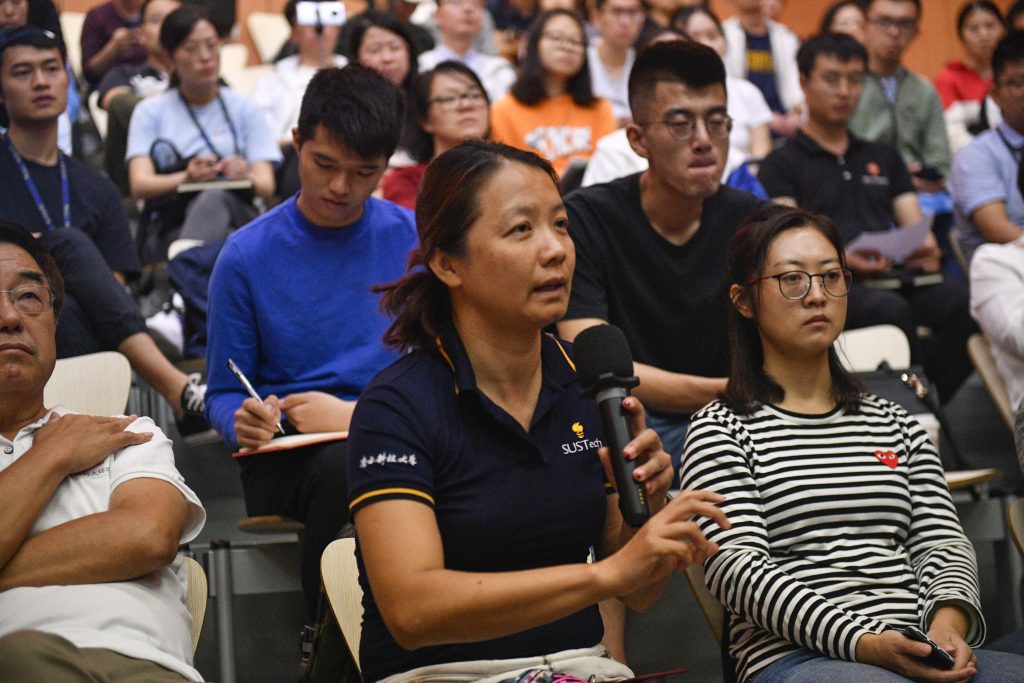Southern University of Science and Technology (SUSTech) welcomed Royal Society of Canada Fellow John Cherry to campus, who gave the 241st lecture in the SUSTech Lecture Series. He gave an intriguing lecture on History of Groundwater Contamination in the United States and Implications for China that was hosted by Vice Provost (Global Strategies) Zheng Chunmiao, the founding Dean of the School of Environmental Science and Engineering.
Professor John Cherry is a foreign Fellow of the National Academy of Engineering (USA), an adjunct professor of the University of Guelph, deputy director of the G360 Institute for Groundwater and University of Hong Kong visiting professor. He received the 2016 Lee Kuan Yew Water Prize in 2016 for his global contribution to groundwater science and technology. His current research involves the chemical evolution of natural and polluted groundwater in fissured, non fissured aquifers and aquifers; the improvement of groundwater flow and hydrogeochemical monitoring systems; and the promotion of small capacity wells for portable drilling rigs designed to solve the problem of safe drinking water in developing countries.

Professor Cherry introduced the known sources of groundwater pollution in the United States by the end of the 1970s, such as radioactive elements, foam, inorganic salts, organic compounds, bacteria and organic pesticides. He pointed out that the monitoring of radioactive contamination of groundwater requires high-resolution contamination description, and the sample well spacing depends on the geological conditions, the main migration process and the age of the plume. For the solution, he cited examples of changing the chemical composition of detergents in 1961 to achieve rapid degradation. For bubble pollution, he shared a case in 1970s based on the attenuation of osmotic fluid – a case of municipal solid waste landfill.
In the second part of the lecture, Professor Cherry mentioned some new chemical pollutants, such as DNAPLs, chlorinated solvent, perchlorate, NDMA, virus, gasoline additive and flame retardant. He introduced the discovery process of DNAPLs and the way to pollute groundwater, and explained the complex factors of DNAPLs before explaining the reverse diffusion model.

At the conclusion of the lecture, Professor Cherry took many questions in the Q&A session.
Proofread ByXia Yingying
Photo BySchool of Environmental Science and Engineering